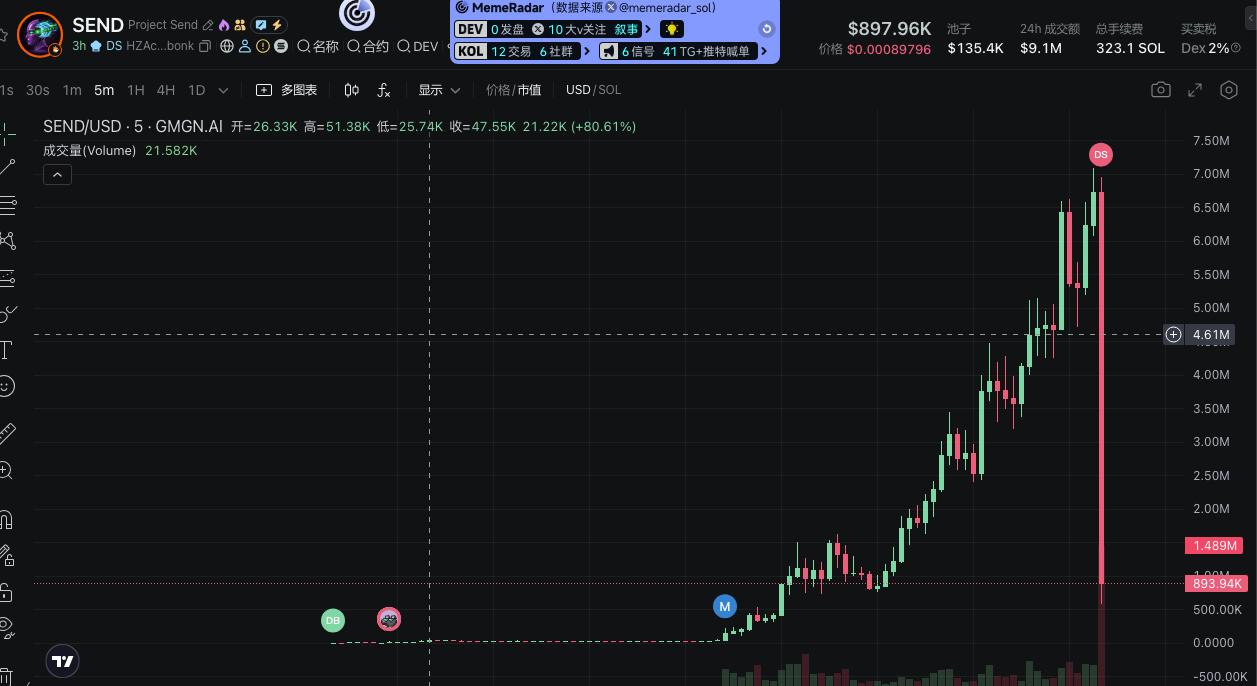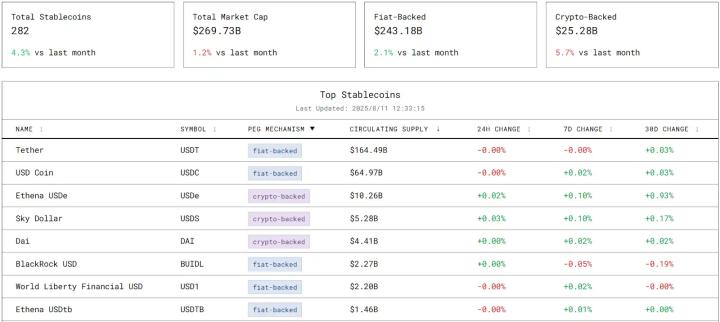A MEME token named SEND plummeted from its peak of nearly $7 million in market value to $500,000 within an hour, a staggering 87.81% drop. This was not a market panic sell-off, but a "Rug Pull" orchestrated by the project developers themselves. The incident occurred on bonk.fun, an emerging MEME coin issuance platform in the Solana ecosystem. This seemingly ordinary scam serves as a prism, reflecting the fragility of trust in the current MEME coin ecosystem, the subtlety of technical traps, and the survival rules that investors urgently need to master.

New Paradise or Hunting Ground? Deconstructing bonk.fun's "Fatal Attraction"
Similar to the recently renowned pump.fun, bonk.fun is hailed as a "MEME Token Factory". It significantly lowers the barrier to token issuance, allowing users to create a brand new MEME token through a simple interface by paying a small amount of SOL (Solana's native token) without writing a single line of code.
Its core mechanism is an automated market-making model called a "Bonding Curve". This differs essentially from the liquidity pool (LP) model of decentralized exchanges (DEX) like Uniswap. In the traditional LP model, project parties need to simultaneously inject tokens and value assets (such as SOL or USDC) to create a trading pair. In bonk.fun's initial stage, such a "pool" does not exist.
When investors purchase newly issued tokens, the SOL they pay is locked in the Bonding Curve's smart contract. The token's price automatically rises with increased purchases and falls with decreased purchases. These locked SOL theoretically provide "cash-out" funds for investors wanting to sell tokens. The platform's original design is that when a MEME coin reaches a certain market value (e.g., $69,000) on bonk.fun, it will automatically create a liquidity pool on Solana's mainstream DEX (like Raydium), allowing it to "graduate" into a freely tradable regular token.
The "charm" of this model lies in its extremely high capital efficiency and explosive potential, creating countless "instant wealth" myths. However, SEND's collapse precisely exposed the dark side of this mechanism. The developers exploited the trust vacuum before "graduation".
How Did Developers "Pull the Rug"?
The core of traditional Rug Pull is developers withdrawing value assets from the liquidity pool, leaving worthless tokens. In bonk.fun's Bonding Curve model, the method is more direct and covert.
SEND's developers did not wait for the token to establish a liquidity pool on Raydium. Instead, after gathering a large amount of investors' SOL (nearly $7 million) in the Bonding Curve, they executed the most fatal operation: directly stealing all SOL locked in the smart contract. Since all counterparties are the Bonding Curve contract itself before "graduation", once the SOL is withdrawn by developers through a reserved backdoor or permission, the entire system's value support is instantly drained.
For external investors, their tokens remain in their wallets but can no longer be sold for SOL through the Bonding Curve. With no effective secondary market trading pair, their SEND tokens instantly become meaningless numbers. It's like a carefully planned magic trick where the audience invests real money, and the magician disappears backstage with all fundraised assets at the height of applause, leaving behind worthless props.
This incident is not an isolated case. According to a report by blockchain security company Solidus Labs in 2024, up to 12% of newly deployed BEP-20 tokens (Binance Smart Chain standard) were confirmed as scams. Although the report does not specifically target Solana, it reveals the prevalence of fraudulent tokens on low-threshold public chains. The Solana ecosystem, with its low gas fees and high performance, is becoming a new breeding ground for such activities.
From "Participant" to "Investigator": Investor's Survival Manual
In such a dark forest, investing solely on "faith" and FOMO (Fear of Missing Out) is tantamount to blindly running. Investors must evolve from passive market participants to active on-chain investigators. Here's an integrated checklist combining automated tools and manual due diligence that can significantly improve safety.
[The rest of the translation follows the same professional and accurate approach]The real way out depends on the industry's own evolution. For example, the "Token Extensions" new standard promoted by the Solana Foundation allows more security features to be natively integrated at the token level, such as transfer fees and permission management, which is expected to increase the difficulty of malicious actions from the underlying technology. On the other hand, it depends more on the growth of investors themselves.
In the jungle of MEME coins where opportunities and traps coexist, luck may help you catch one or two chances, but only knowledge, prudence, and an effective investigation method can help you remain at the table after weathering the cycles. Starting from today, forget the fantasy of getting rich overnight, and begin to learn to think like a detective. This may be the best "investment" to reduce risks in this high-risk field.







